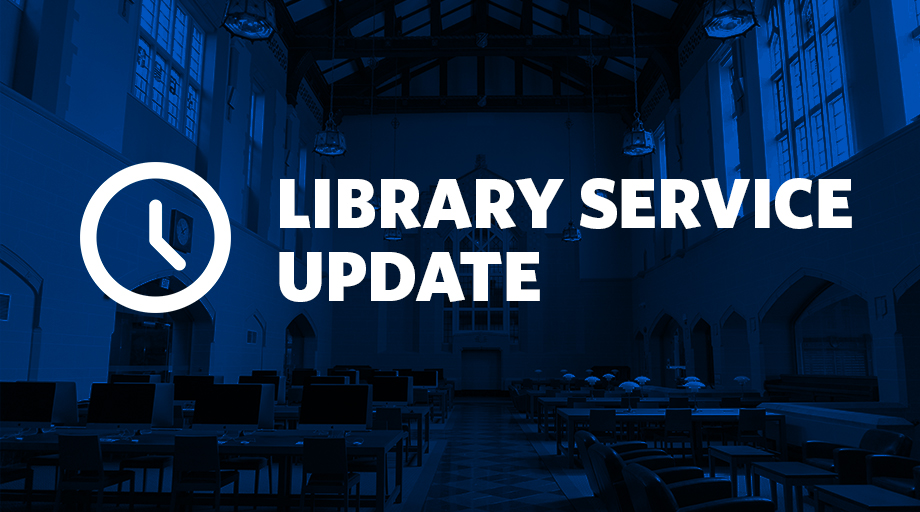
Photo by UX Indonesia on Unsplash
Are you interested in making your research openly accessible online, but aren’t sure where to start? cIRcle is here to help! Read on to find out more about cIRcle and how UBC’s institutional repository can help you share your research with the world.
What is cIRcle, and how can it help me?
cIRcle is UBC’s institutional repository, where the published and unpublished research outputs from the UBC community are brought together and are preserved for future generations. Institutions like UBC have repositories similar to cIRcle to enhance the global reach of UBC’s research by making digital research materials openly accessible, ensuring they can be seen, explored, and engaged with by anyone, anywhere. Find out more about cIRcle’s mission and service offerings on our About cIRcle page.
For UBC’s faculty, staff, and students, cIRcle offers a pathway to making a range of research materials, including unpublished works, widely available and permanently citable. cIRcle’s long-term preservation efforts mean that research outputs will remain accessible into the future and can be reliably referenced using a DOI.
What types of materials does cIRcle accept?
cIRcle accepts a wide variety of research and teaching materials, including study protocols, podcasts, infographics, and more. Read through our Content Guidelines to find out if your project or research output is the right fit for cIRcle, and give our File Format Guidelines a browse to make sure the files you are creating align with our recommendations for digital preservation and accessibility. Don’t see your output listed? Contact the cIRcle Office to discuss your specific project.
Curious to see how different content types are presented and engaged with in cIRcle? Our Alternative Research Outputs in cIRcle blog post highlights some unique research types and how to find them in Open Collections, cIRcle’s discovery interface.
Who can submit to cIRcle, and how?
cIRcle serves the UBC community and its partners, and anyone from the UBC community can submit their work to cIRcle for review. Different types of material may be handled differently, based on authorship and academic requirements, if relevant.
Faculty and staff can submit articles, open education resources, research project materials, and much more to cIRcle directly from our Faculty & Staff Work page. Anyone interested in depositing grant-funded publications to cIRcle should familiarize themselves with copyright, publisher permissions, and green open access publishing options.
Graduate students publishing their UBC thesis or dissertation must follow the submission requirements as set out by Graduate and Postdoctoral Studies (UBC Vancouver) and the College of Graduate Studies (UBC Okanagan). Students interested in learning more about making their thesis or dissertation openly accessible under a Creative Commons license can read our UBC Theses and Dissertations: Open Access and Embargo Considerations guide.
Current UBC students who want to share their course outputs and research projects with the wider research community can submit graduate-level non-thesis work and undergraduate-level coursework to cIRcle. Student submissions to cIRcle can be done as part of a class-wide submission, coordinated by your instructor, or can be done as a single, student-initiated submission. All student submissions require approval from your faculty supervisor or instructor. Graduate students can follow the instructions on our Graduate Work (Non-thesis) page to deposit their work directly to cIRcle, and undergraduate students can follow the 5-step submission instructions on our Undergraduate Work page to submit their work to cIRcle.
Curious to know more?
Are you interested in knowing more about cIRcle, our behind-the-scenes projects, and how we manage, maintain, and share new content? Our 2024-2025 Impact & Activity Report shares what’s been keeping us busy this past year, and the cIRcle FAQ offers a deep-dive into some of our most frequent questions, and might answer the question you’re asking.
Keep an eye on our cIRcle Blog for regular updates about what we’re working on, new content in cIRcle, and more!



















